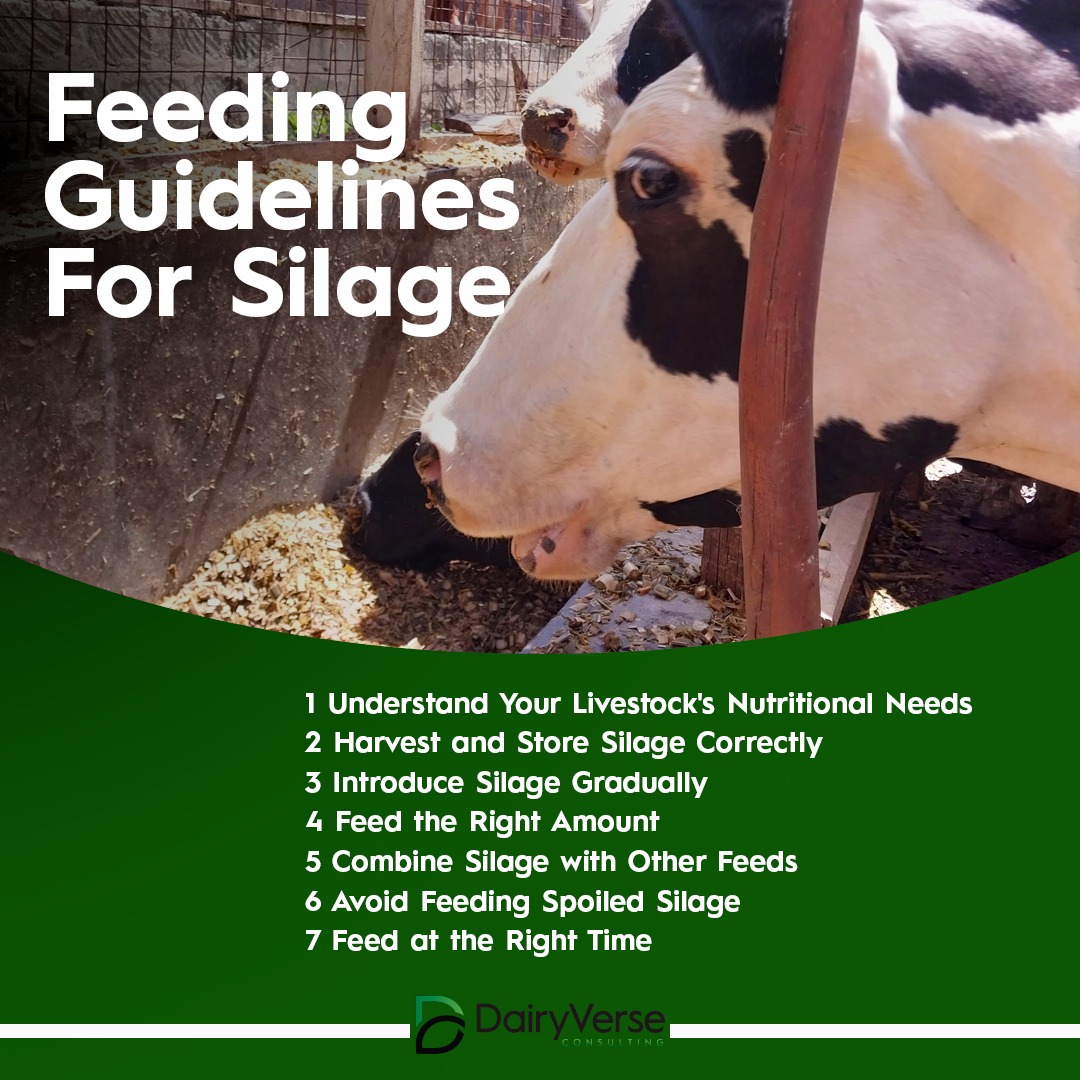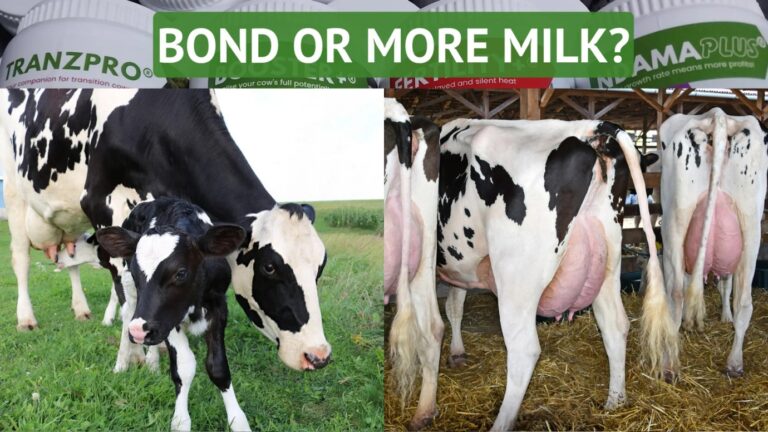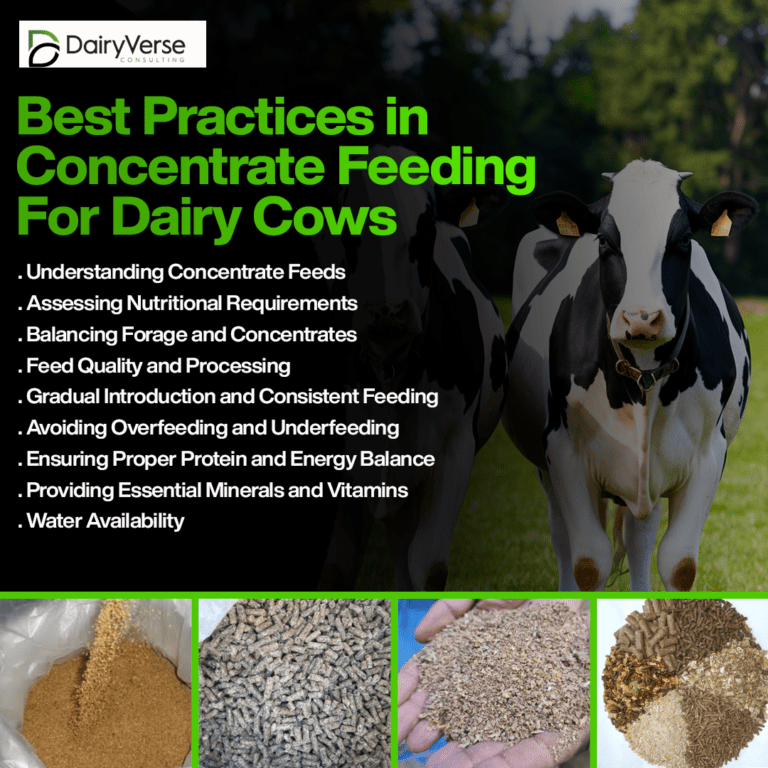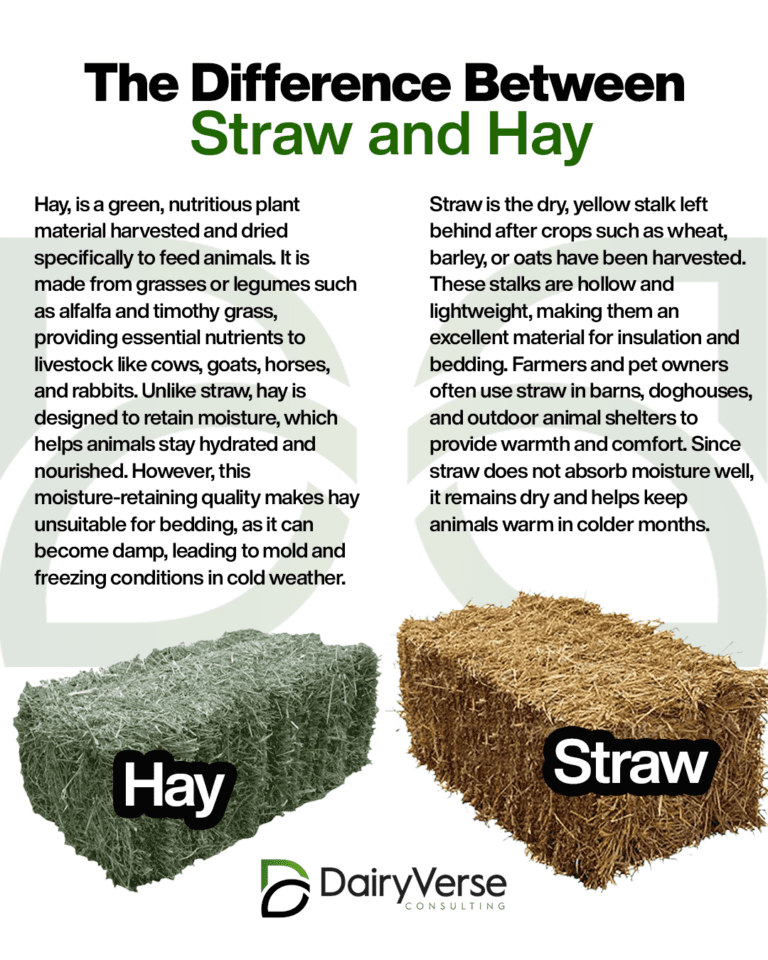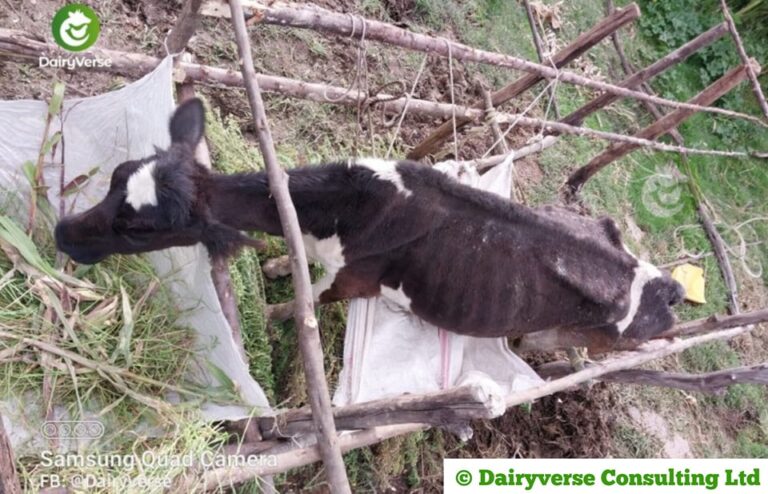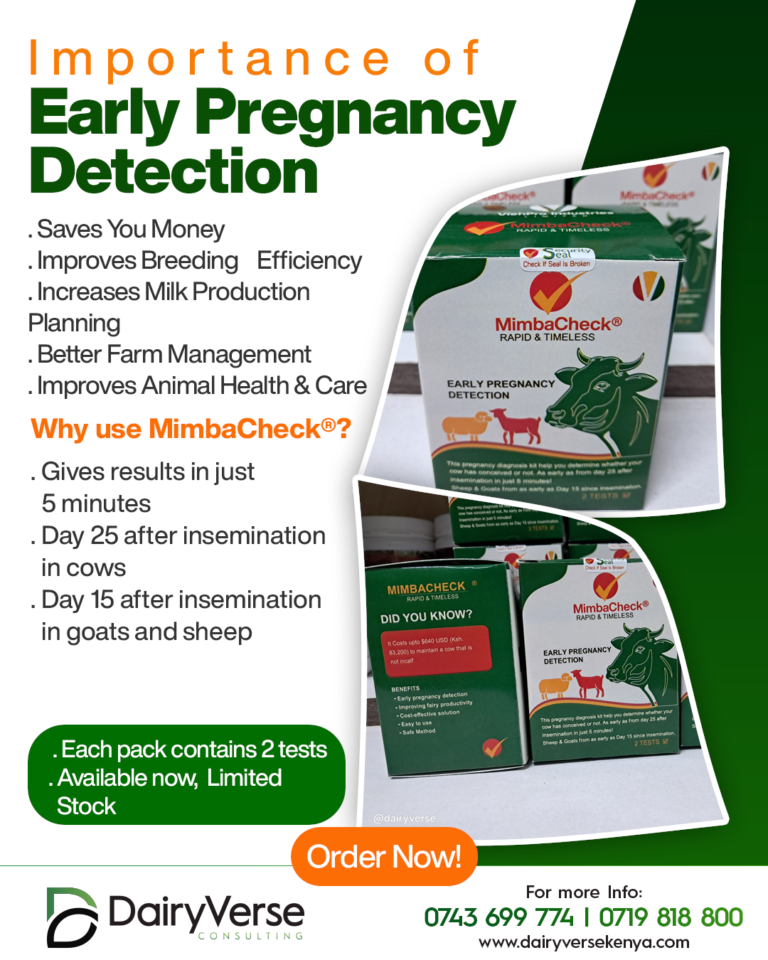Feeding Guidelines for Silage: A Comprehensive Guide
Silage is an essential feed source for livestock, offering a cost-effective and nutritious alternative during periods of feed scarcity. Made from fermented green forage crops such as maize, sorghum, or grass, silage provides a rich source of energy, fiber, and essential nutrients for animals. To maximize its benefits and ensure the health and productivity of your livestock, it’s crucial to follow proper feeding guidelines. Below is a detailed guide on feeding silage to your animals effectively.
1. Understand Your Livestock’s Nutritional Needs
Different animals have varying nutritional requirements depending on their age, stage of production, and purpose. For example:
- Dairy cows need silage high in energy to support milk production.
- Beef cattle benefit from silage for weight gain.
- Goats and sheep require a smaller amount of silage with a balance of forage and concentrate feeds.
- Growing calves need silage as part of a diet supplemented with protein-rich feeds.
Understanding these needs will help you determine the quantity and quality of silage to feed.
2. Harvest and Store Silage Correctly
The nutritional quality of silage depends on how well it is harvested and stored. Poorly prepared silage can lead to nutrient loss and even health issues for livestock. Follow these tips:
- Harvest at the Right Stage: For maize silage, harvest when the dry matter content is between 30-35%. For grasses, cut before flowering.
- Ensure Proper Packing: Compress silage tightly in a silo or trench to remove air and promote anaerobic fermentation.
- Cover Properly: Use plastic sheeting to prevent air and water infiltration, which can cause spoilage.
3. Introduce Silage Gradually
When transitioning animals to silage, introduce it gradually to avoid digestive problems:
- Start Small: Feed small amounts of silage mixed with regular feed for the first 5-7 days.
- Monitor Health: Watch for any signs of digestive upset, such as diarrhea or reduced appetite.
- Increase Slowly: Gradually increase the proportion of silage in the diet until it makes up the desired percentage.
4. Feed the Right Amount
The amount of silage to feed depends on the type of livestock and their production goals. Here are general guidelines:
- Dairy Cows: 25-40 kg per cow per day.
- Beef Cattle: 20-30 kg per animal per day.
- Sheep and Goats: 2-5 kg per animal per day.
- Growing Calves: 10-15 kg per calf per day. Adjust these amounts based on body weight, forage quality, and the availability of supplementary feeds.
5. Combine Silage with Other Feeds
Silage alone may not meet all the nutritional requirements of livestock. It’s important to supplement it with:
- Protein Sources: Legume hay, soybean meal, or cottonseed cake.
- Minerals: Provide mineral blocks or fortified feed supplements.
- Energy Feeds: Grains or molasses for high-energy diets.
A balanced diet ensures optimal growth, reproduction, and productivity.
6. Avoid Feeding Spoiled Silage
Spoiled silage can harm livestock, leading to reduced performance and health issues. Signs of spoiled silage include:
- A foul smell.
- Visible mold or discoloration.
- Slimy or excessively wet texture. Always discard spoiled silage and ensure fresh feed is provided daily.
7. Feed at the Right Time
Feed silage at consistent times each day to maintain a routine. This helps optimize digestion and reduces stress in livestock. Ensure feed is evenly distributed and easily accessible to all animals.
8. Monitor Animal Performance
Regularly assess the performance and health of your livestock:
- Milk Production: Monitor milk yield in dairy cows to gauge the effectiveness of the silage diet.
- Weight Gain: For beef cattle, track weight gain to ensure the diet meets growth targets.
- Behavior and Appetite: Healthy animals will have a good appetite and exhibit normal behavior.
If performance is not as expected, consider adjusting the silage quality or supplementing the diet.
9. Ensure Clean Water Availability
Silage is relatively dry compared to fresh forage, so animals will need access to clean drinking water at all times to aid digestion and prevent dehydration.
10. Work with a Nutritionist
If you’re unsure about formulating a balanced diet, consult an animal nutritionist. They can help analyze the silage quality and design a feeding program tailored to your livestock’s needs.
Conclusion
Silage is an excellent feed source for livestock when fed correctly. By following these guidelines, you can ensure that your animals receive the nutrition they need for optimal health and productivity. Proper preparation, storage, and feeding practices will maximize the value of your silage, making it a sustainable and efficient choice for your farm.
For more tips on livestock feeding and farm management, stay tuned to our resources!

